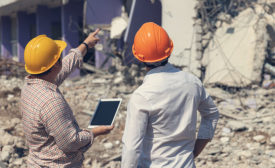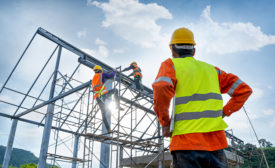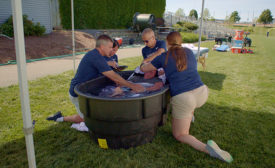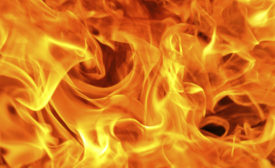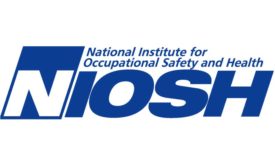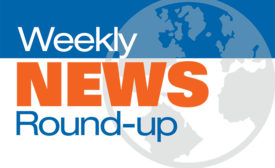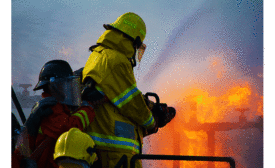Environmental Health and Safety
Rethinking Traditional Safety, Part 5
How we lose safety judgment & skill development
April 1, 2020
Heat illness more dangerous, easier to prevent than you think
Hot jobs, high risk
March 31, 2020
From NIOSH
Task and environment affect carbon monoxide exposure among wildland firefighters
March 9, 2020
C&W Manufacturing is now C&W DustTech
New name. same singular focus on dust.
March 9, 2020
A NIOSH Science Blog post
Artificial intelligence crowdsourcing competition for injury surveillance
March 9, 2020
Become a Leader in Safety Culture
Build your knowledge with ISHN, covering key safety, health and industrial hygiene news, products, and trends.
JOIN TODAYCopyright ©2025. All Rights Reserved BNP Media.
Design, CMS, Hosting & Web Development :: ePublishing

